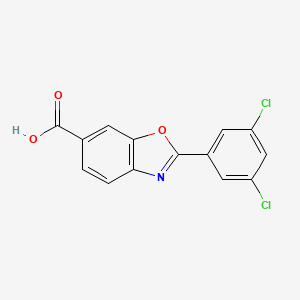Hereditary transthyretin-mediated amyloidosis cardiomyopathy, Wild-type transthyretin-mediated amyloidosis cardiomyopathy
Adult: To decrease CV-related hospitalisation and mortality: As tafamidis 61 mg cap (equivalent to tafamidis meglumine 80 mg): 1 cap once daily. As tafamidis meglumine 20 mg cap: 4 caps once daily. Tafamidis and tafamidis meglumine are not interchangeable on a per mg basis. Dosage recommendations may vary among countries and individual products (refer to specific product guidelines).
Oral
Hereditary transthyretin-mediated amyloidosis polyneuropathy
Adult: To slow down peripheral neurologic impairment in patients with stage 1 symptomatic polyneuropathy: As tafamidis meglumine 20 mg cap: 1 cap once daily. Tafamidis and tafamidis meglumine are not interchangeable on a per mg basis. Dosage recommendations may vary among countries and individual products (refer to specific product guidelines).




 Sign Out
Sign Out




